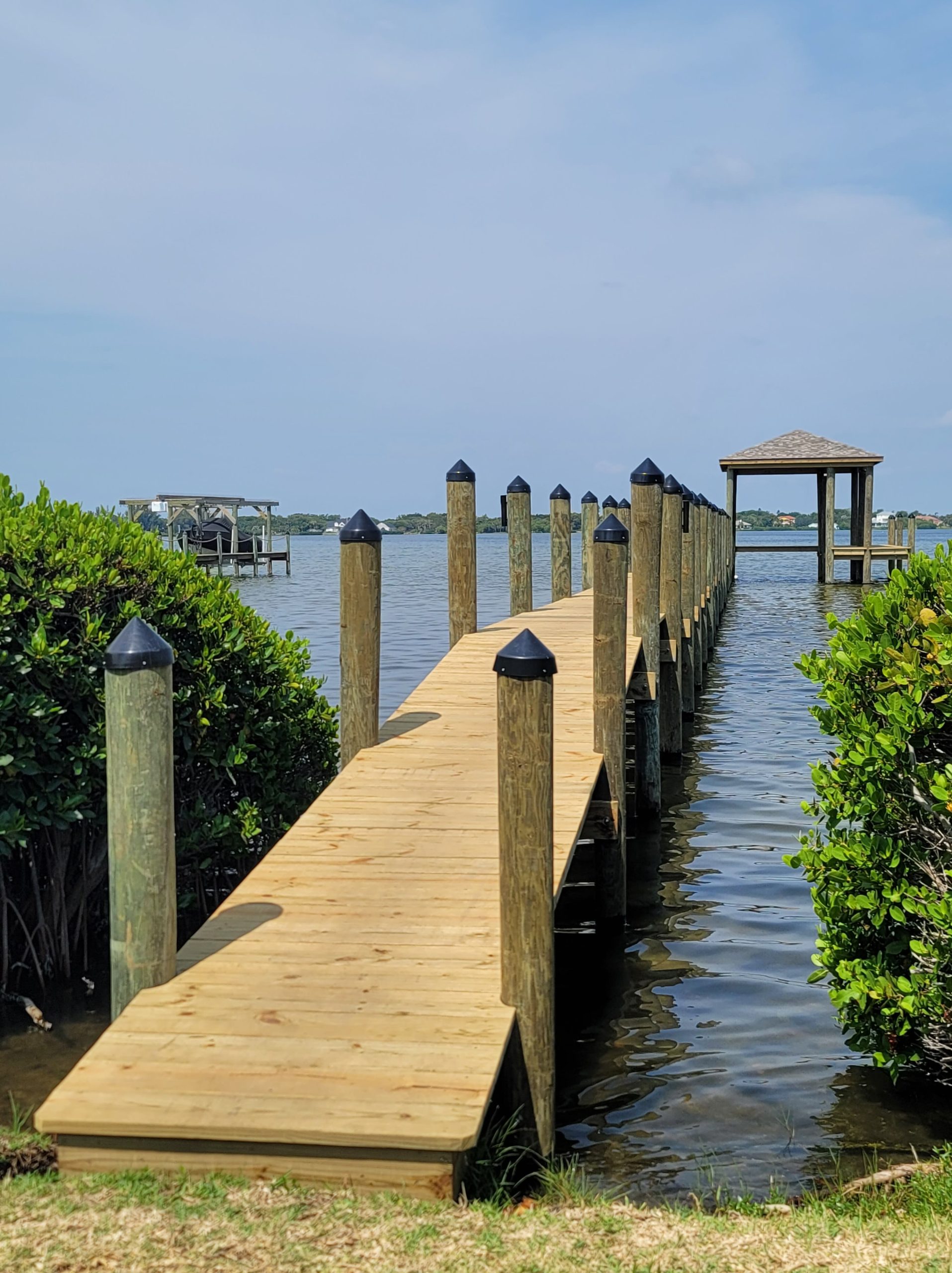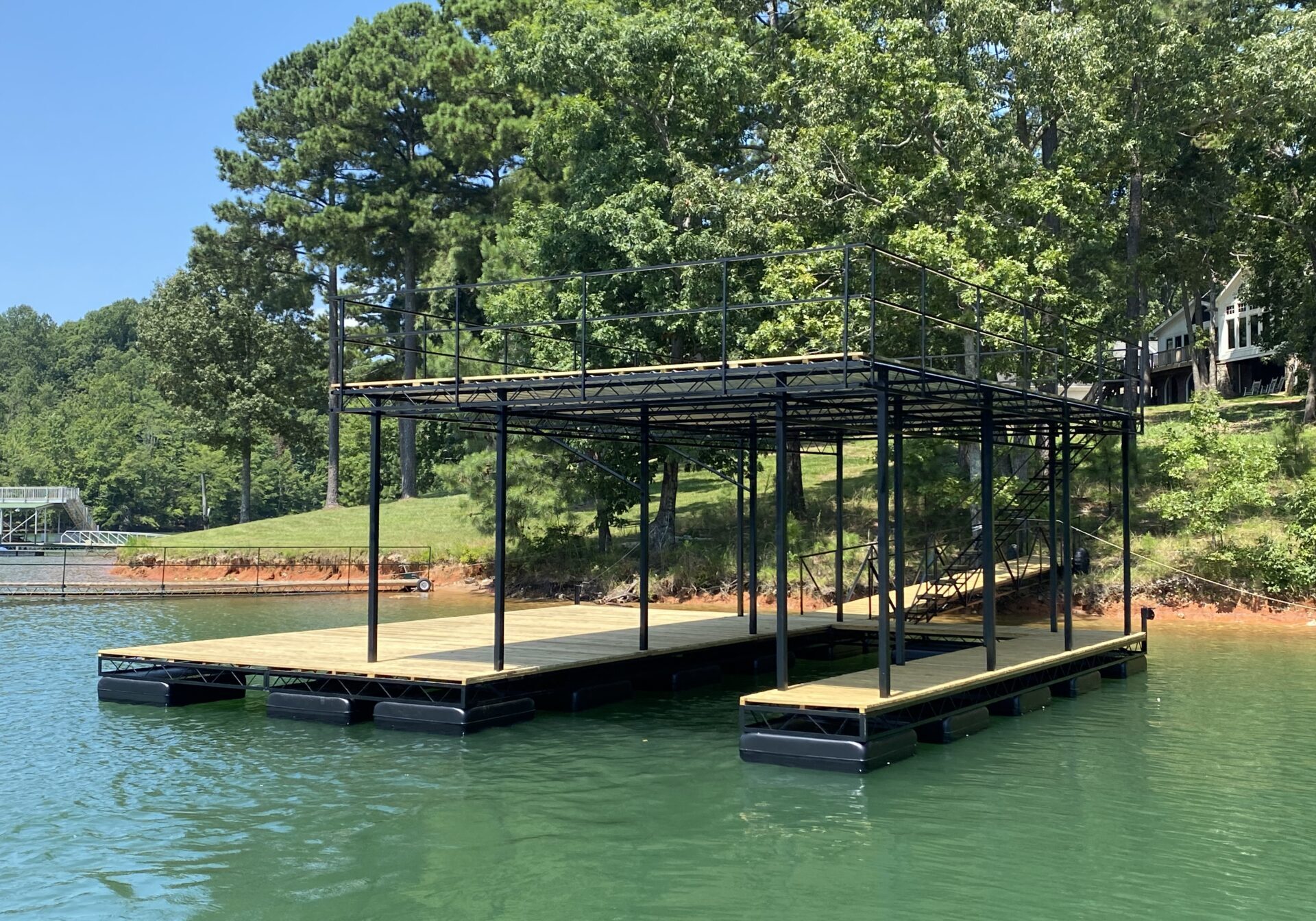Top Signs You Need Professional Dock Repairs This Season
Top Signs You Need Professional Dock Repairs This Season
Blog Article
Reliable Dock Fixing Techniques: Ensuring Architectural Stability
Guaranteeing the architectural stability of anchors through reliable repair work strategies is vital for the longevity and safety of aquatic facilities. Subsequently, choosing the best fixing materials, such as corrosion-resistant alloys and composite products, is vital for sturdiness.
Analyzing Dock Damage
Analyzing dock damages is an essential first step in making sure the structural honesty and security of any docking facility. Key aspects to take a look at include the dock's structure, pilings, outdoor decking, and equipment (Dock Repairs).
Architectural designers or qualified examiners generally carry out these evaluations making use of specialized strategies and devices. Undersea examinations might use finder tools or remotely ran vehicles (ROVs) to identify submerged damages. Above water, visual evaluations are enhanced by utilizing moisture meters and other analysis devices to uncover underlying problems not right away visible to the nude eye.

Picking Repair Service Products
Picking the proper repair products is an essential step in the dock reconstruction process, one that straight influences the longevity and efficiency of the repaired framework. Material selection should be driven by aspects such as ecological problems, load-bearing demands, and compatibility with existing dock components.
Along with wood, composite products are progressively popular as a result of their durability and reduced maintenance needs. Composites, typically made from a mix of plastic and timber fibers, use excellent resistance to rot, pests, and UV damage. For steel anchors, selecting corrosion-resistant alloys such as galvanized steel or marine-grade light weight aluminum is vital to prevent corrosion and ensure structural honesty in saline water conditions.
Epoxy resins and marine-grade sealers are indispensable for repairing splits and securing joints, offering a water resistant obstacle and enhancing the dock's overall toughness. By meticulously selecting top notch products, dock repairs can accomplish durable outcomes, thereby protecting versus future degradation and guaranteeing secure, dependable usage.
Structural Reinforcement Strategies
Effective structural support techniques are important in making sure the stability and durability of dock repair services. One basic approach entails making use of steel or composite support bars (rebar) within concrete frameworks. Rebar gives added tensile toughness, protecting against splits and dispersing lots a lot more uniformly. This technique is especially efficient for docks exposed to hefty lots or extreme ecological conditions.
An additional crucial method is the application of fiber-reinforced polymers (FRP) These materials offer high strength-to-weight proportions and superb resistance to rust, making them perfect for reinforcing wood or concrete docks. FRP can be used in sheets or strips and bonded with epoxy materials to improve architectural integrity.
Supporting and anchoring systems also play an important role in architectural support. Cross-bracing, utilizing steel or wood beam of lights, can neutralize lateral forces, lowering persuading and movement. Securing systems, such as helical piers top article or driven piles, give a steady foundation by moving lots to deeper, extra steady dirt layers.
Finally, the assimilation of load-distribution plates can assist disperse weight much more equally across the dock's surface area, reducing local stress points. These techniques collectively make certain that docks stay robust and risk-free, capable of holding up against the rigors of their functional setting.
Advanced Repair Work Approaches

Another advanced technique involves underwater welding, which enables repair services to be carried out without the demand to dewater the location. This approach is specifically beneficial for resolving architectural concerns in immersed dock parts, ensuring minimal disruption to operations. Enhanced welding strategies, paired with robot systems, supply accuracy and integrity, therefore expanding the life-span of the dock.
In addition, cathodic security systems are carried out to stop rust in metallic dock structures. By using sacrificial anodes or impressed existing systems, these strategies properly alleviate the electrochemical processes that result in product degeneration.
Finally, advanced surveillance innovations, such as architectural health and wellness monitoring (SHM) systems, give real-time information on the condition of dock frameworks. These systems enable aggressive maintenance and prompt interventions, ultimately making sure the long-term architectural integrity of the dock.
Upkeep and Prevention
Upkeep and prevention are essential principles that underpin the durability and safety and security of dock structures. Normal sites evaluations are extremely important, enabling for very early detection of deterioration, potential weaknesses, and ecological impacts. An aggressive approach, entailing routine checks for deterioration, rot, and structural changes, reduces expensive repair work and extends the dock's helpful site functional life.
Safety nets should consist of using protective finishes to metal elements to defend against corrosion and making use of treated timber to stand up to decay. Furthermore, making certain proper water drainage and air flow can prevent water accumulation, which is a typical root cause of structural degradation. Integrating top quality materials and adhering to producer standards throughout construction and repair work phases additionally play crucial functions in improving longevity.

Educating employees in dock maintenance ideal methods makes sure constant application of preventive measures. Leveraging technical breakthroughs, such as drones for examinations and sensors for real-time monitoring, can further boost maintenance efforts. By focusing on maintenance and avoidance, dock proprietors can make sure structural integrity, functional safety, and cost-effective monitoring over the dock's life expectancy.
Conclusion
In conclusion, preserving the architectural integrity of marine facilities requires thorough dock repair methods. Advanced repair strategies, coupled with routine upkeep practices, make sure the dock continues to be risk-free and functional under diverse environmental conditions.
Making sure the architectural honesty of anchors through efficient fixing methods is vital for the long life and safety of marine centers.Picking the appropriate repair work products is a pivotal step in the dock restoration process, one that directly influences the long life and efficiency of the fixed framework.Reliable architectural reinforcement methods are important in making sure the security and durability of dock repair services. By focusing on maintenance and prevention, dock proprietors can make certain architectural stability, operational safety, and cost-effective monitoring over the dock's life-span.
In final thought, preserving the structural honesty of aquatic centers necessitates extensive dock repair work techniques.
Report this page